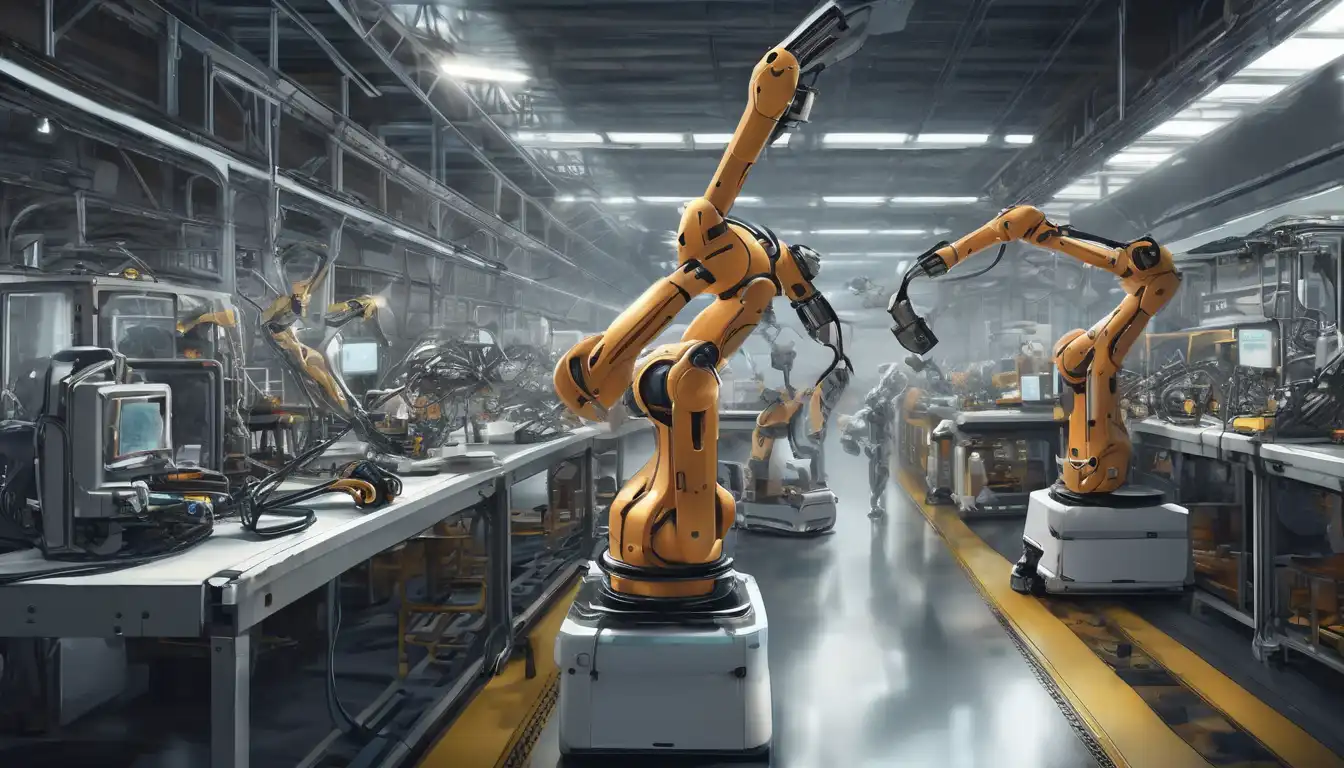The Transformative Impact of Robotics on Modern Manufacturing
In recent years, the manufacturing industry has undergone a significant transformation, thanks to the advent of robotics. This technological revolution has not only increased efficiency and productivity but also opened up new possibilities for innovation and customization in manufacturing processes.
Enhanced Efficiency and Productivity
Robotics has revolutionized the manufacturing sector by automating repetitive and labor-intensive tasks. This automation has led to a dramatic increase in production rates and a reduction in human error, ensuring consistent quality in products. Robots can operate 24/7 without fatigue, significantly boosting productivity levels.
Cost Reduction and Safety Improvements
By integrating robotics into manufacturing processes, companies can achieve substantial cost savings. Robots reduce the need for manual labor, lowering operational costs over time. Additionally, they can perform dangerous tasks, minimizing workplace injuries and creating a safer environment for human workers.
Customization and Flexibility
Modern robotics technology offers unparalleled flexibility, allowing manufacturers to easily switch between different production lines and customize products to meet specific customer demands. This adaptability is crucial in today's market, where consumer preferences are constantly evolving.
The Future of Manufacturing with Robotics
The future of manufacturing lies in the further integration of robotics and artificial intelligence (AI). These technologies promise to bring about even greater efficiencies, smarter production processes, and the ability to predict maintenance needs before they arise. As robotics technology continues to advance, its impact on the manufacturing industry is expected to grow exponentially.
For more insights into how technology is shaping industries, explore our technology trends section.
Conclusion
The integration of robotics into the manufacturing industry marks a pivotal shift towards more efficient, safe, and flexible production methods. As we look to the future, the potential for further innovation and improvement seems limitless. Embracing these changes is essential for companies aiming to stay competitive in the rapidly evolving manufacturing landscape.
